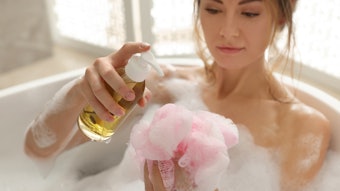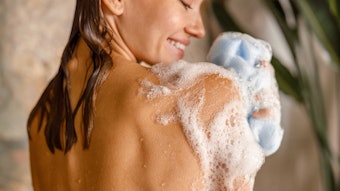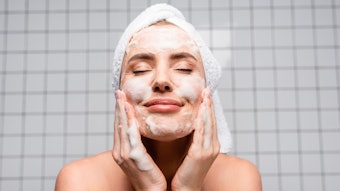Within the last 5-8 years, one of the trends in the personal cleansing market is eliminating sulfated alcohol-derived surfactants from formulations, including all alkyl sulfates such as lauryl, laureth, coco and trideceth. The reason for this stems from a negative reputation, primarily from reports in the media, regarding the irritation properties of these compounds.
Sulfated surfactants have been primarily used in personal cleansers since the mid-1940s. They replaced liquid soaps, also known as castile soap shampoos that are produced by the saponification of vegetable oil with potassium hydroxide. The foam performance of the sulfated alcohols was discovered to be superior to the soap-derived shampoos because liquid soap forms insoluble calcium soap in the presence of hard water, creating foam depression and scum buildup. An acid rinse such as vinegar often is needed to remove the calcium soap.
In the mid ’50s, ethoxylated alcohol sulfates were introduced. This class of compounds was found to have greater solubility than alcohol sulfates and assists the formulator in developing higher-active products. Ether sulfates are also milder to the skin and eyes than alkyl sulfates. The irritation potential of the ether sulfate can be reduced greatly by blending it with a sulfosuccinate or an amphoteric surfactant.
Today, sulfated alcohols are the workhorse surfactants in personal care cleansers such as shampoos, body washes, hand cleansers and facial cleansers. There is no known surfactant that can replace lauryl sulfate and offer identical characteristics; however, with proper formulating techniques, sulfate-free cleansers are possible, and in some cases offer improved mildness and conditioning. This article will present formulations based on alternate surfactant systems such as sulfosuccinates, alkyl glutamates and betaines to provide the performance required for specific applications.











!['Green is good but maybe not good enough. Future aspects will focus on more and additional aspects ... taking a look at the entire product lifecycle [and] looking at the entire value chain ...'](https://img.cosmeticsandtoiletries.com/files/base/allured/all/image/2023/08/Evonik_Value_Chain_Video_Interview_Sept_2023.64ecb11af2ee6.png?auto=format%2Ccompress&fit=crop&h=191&q=70&rect=264%2C115%2C1130%2C634&w=340)